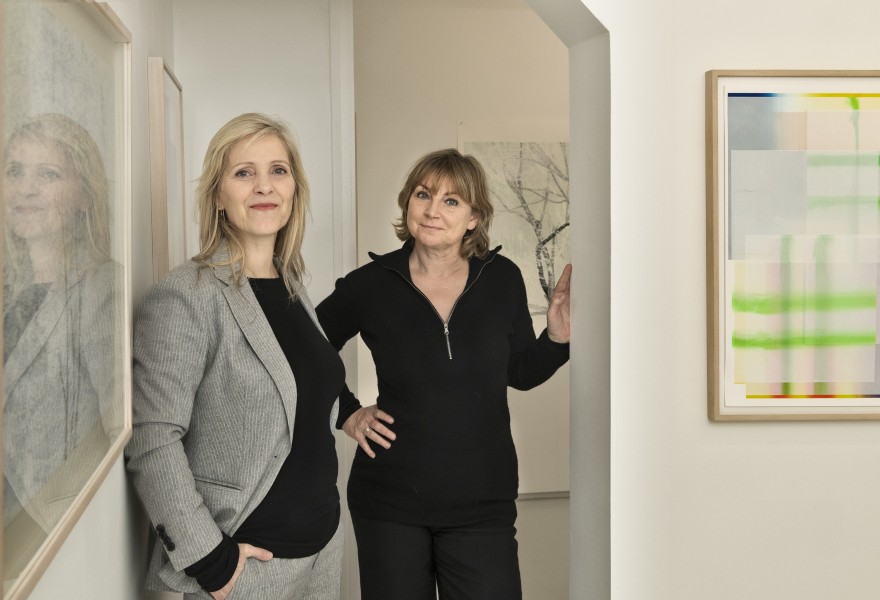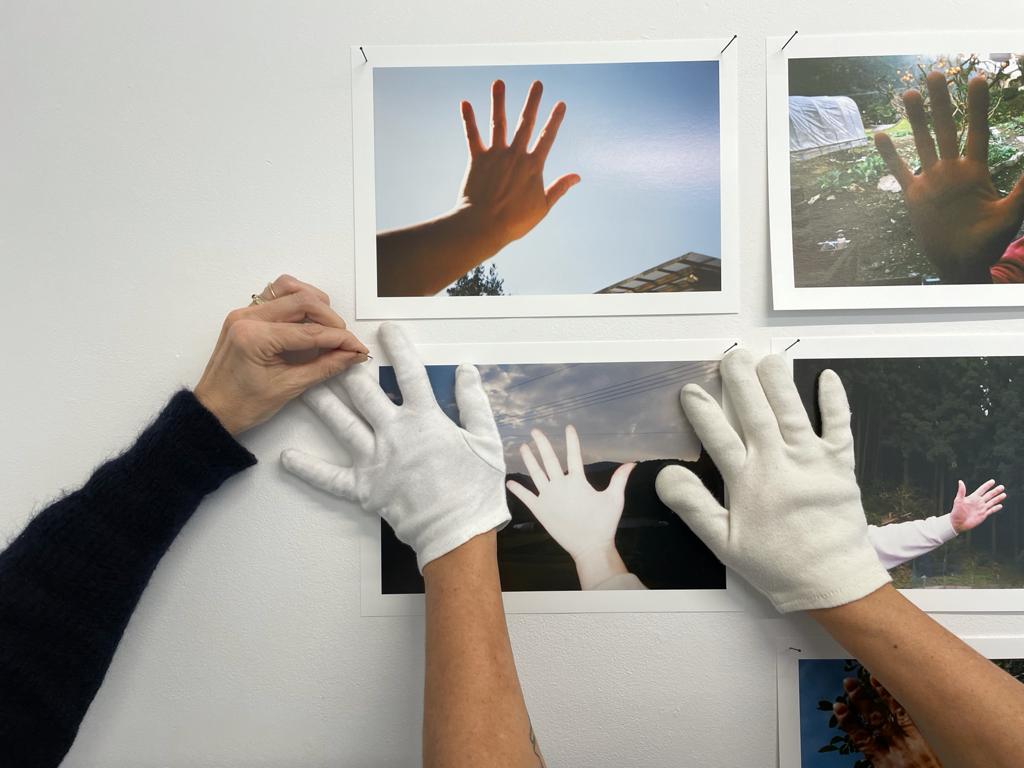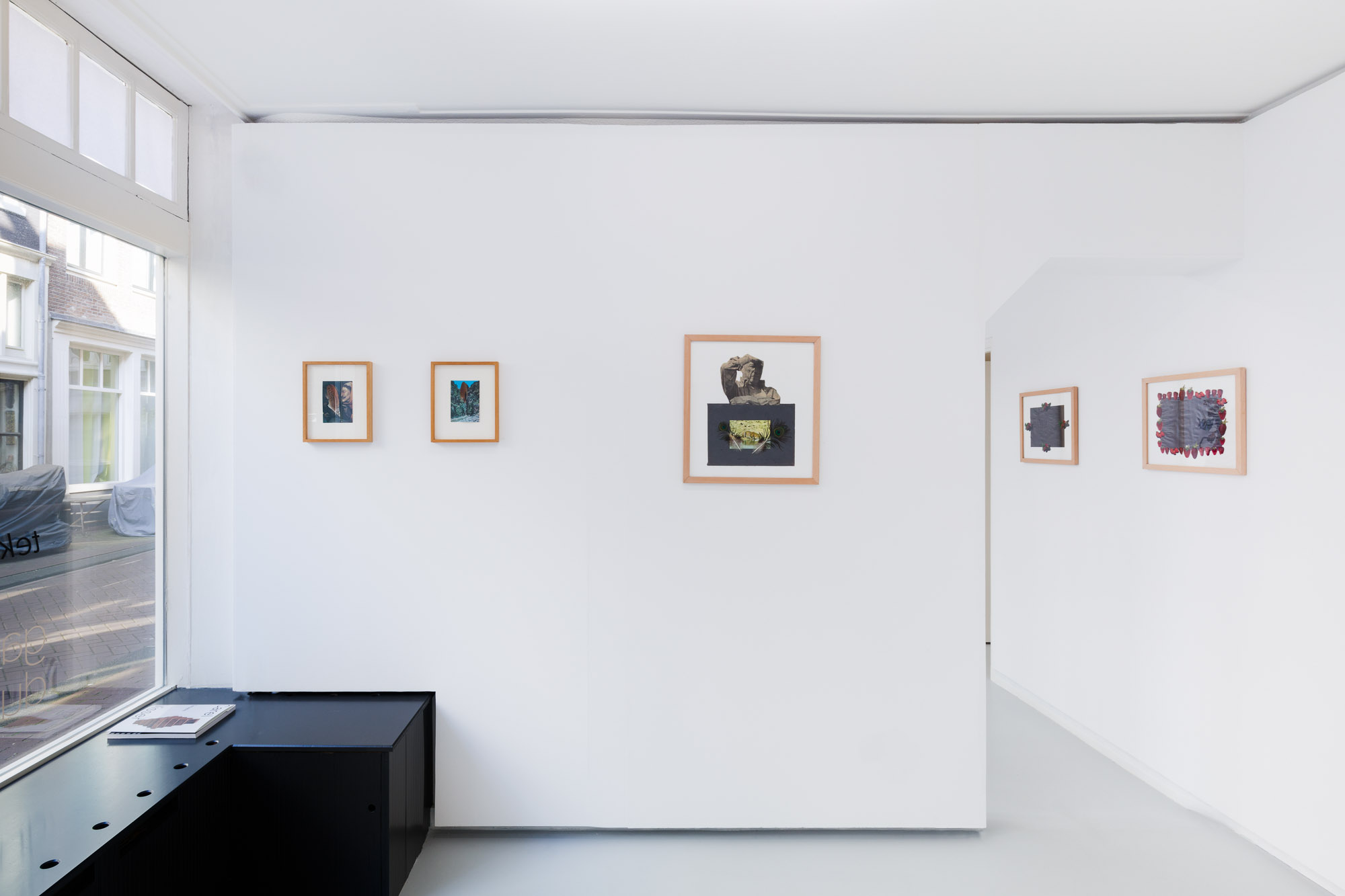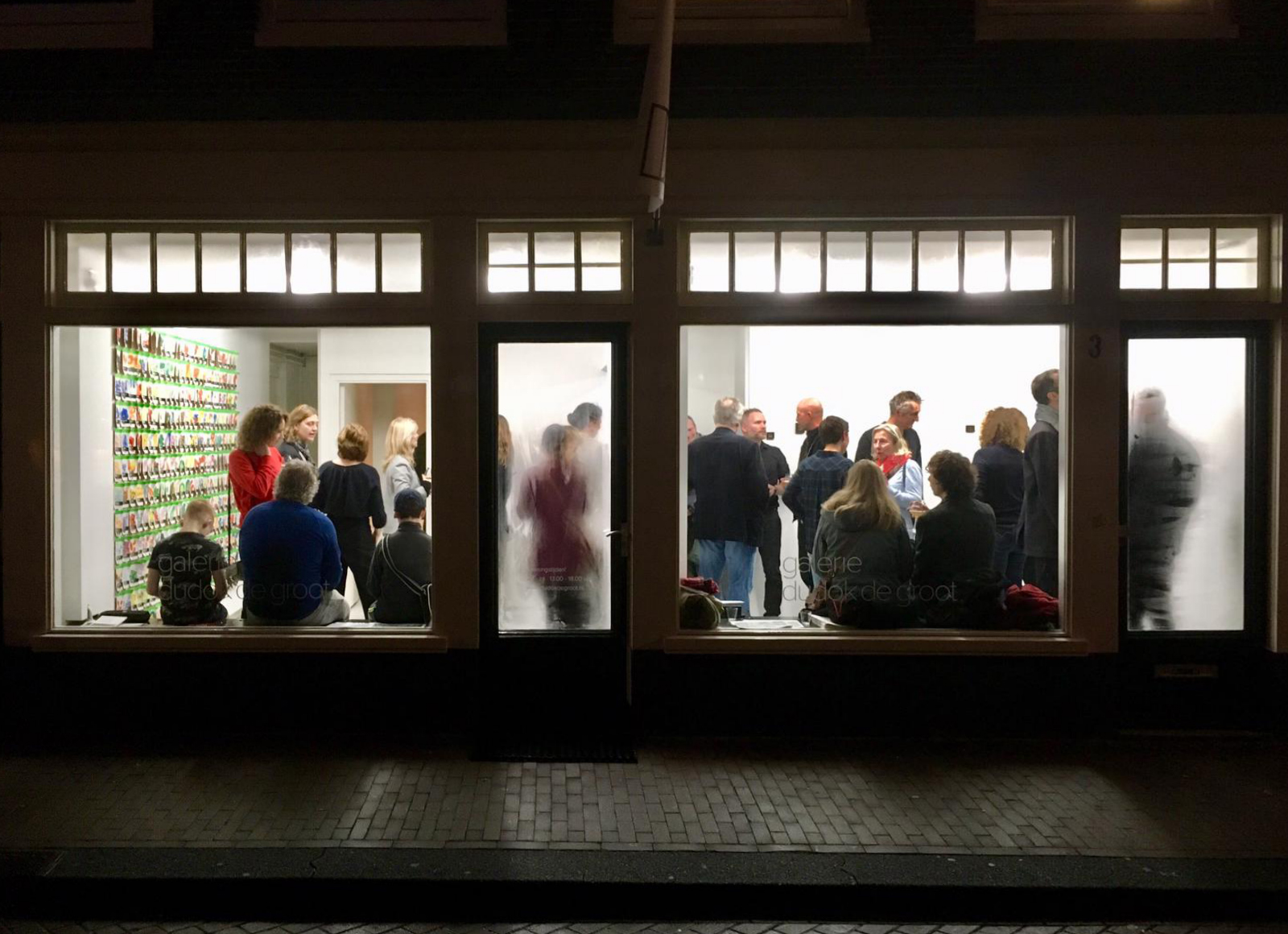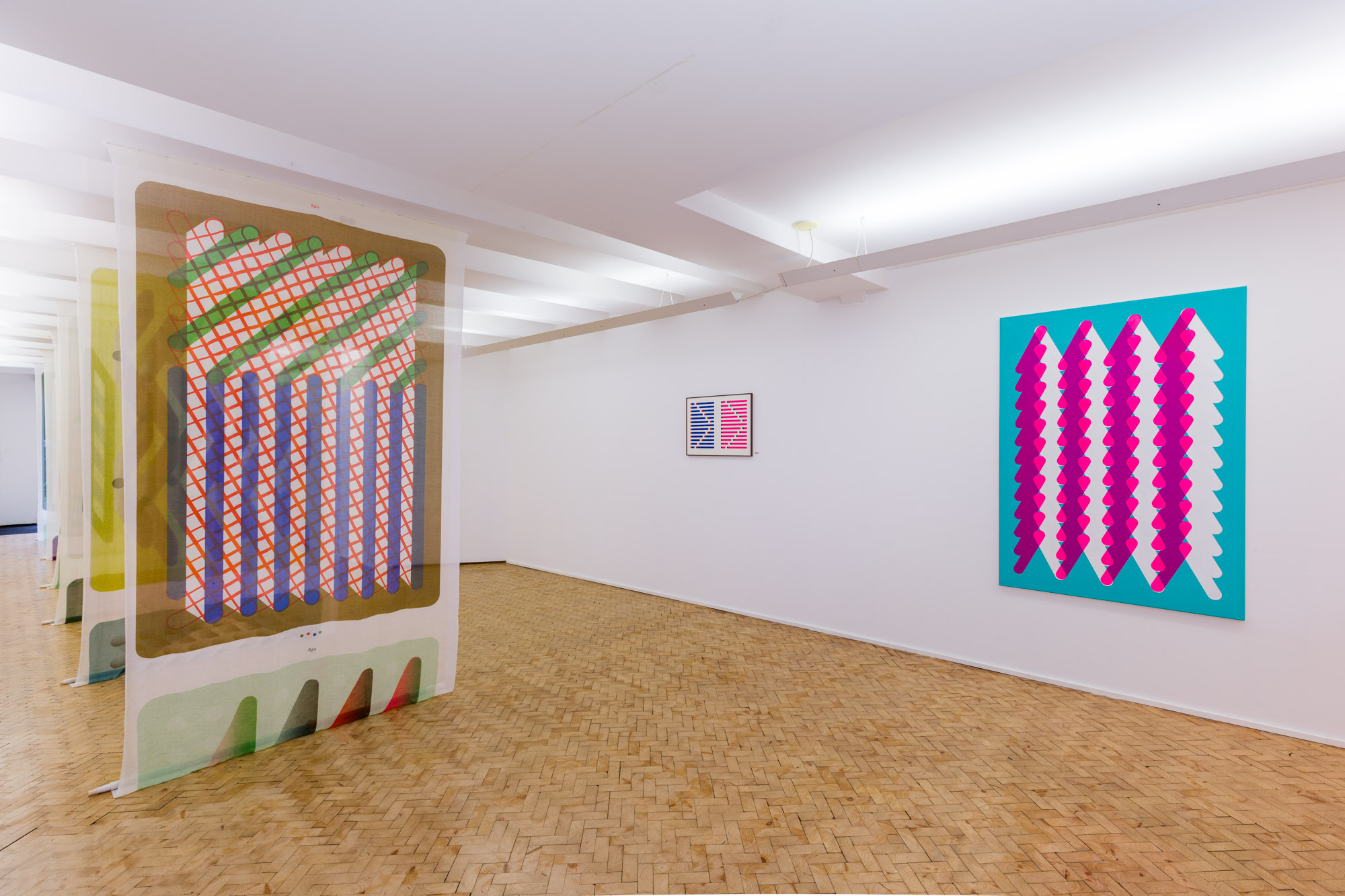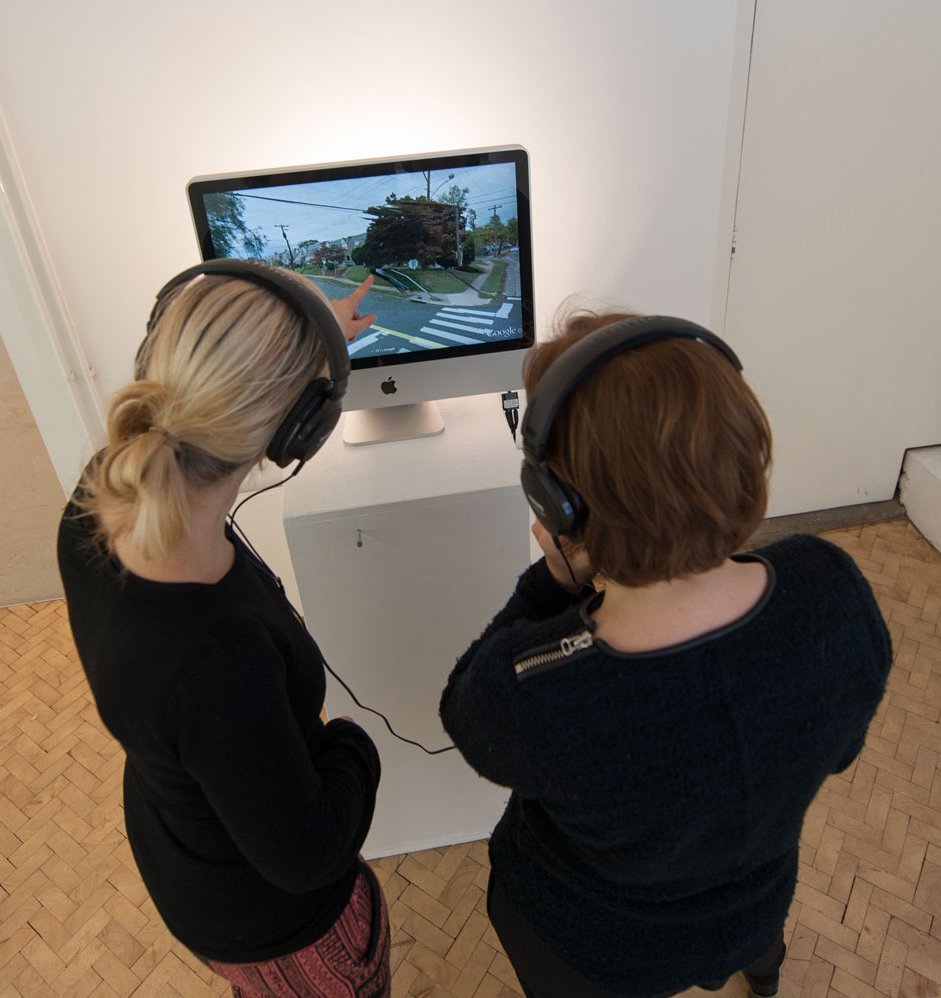25 february 2022, Oscar van Gelderen
The gallery of... Nicole Dudok van Heel en Jedithja de Groot
We’re you exposed to art while growing up?
NDvH: I remember going to the art library in Den Bosch at a young age (around the end of the 1970s), then located in the Kruithuis. That was a beautiful, especially exciting old establishment with many corridors where you could view and select works of art everywhere, in every corner. Those visits really stayed with me. We went there a number of times and until my parents preferred the work of an artist and bought art from him in his studio. They continued to buy art, also at dudokdegroot.
JdG: I have fragments of memories of visits to the Stedelijk in Amsterdam. The art, but especially the atmosphere, colours and sounds. I don't necessarily come from an art-minded family, my upbringing is much broader culturally. Pop music, photography, film, history, based on the influence of the 60s and 70s. I also had a lot of interest in other cultures in the past.
How did you come into contact with the art world?
NDvH: After finishing my propaedeutic year in Law, I consciously chose to study Art History. I liked that so much better, those college years were great and flew by. Lots to see, experience and travel. You do a lot of great research, learn to place art in different eras and I got the opportunity to do a three-month internship at the Kunsthal Rotterdam. During the last year of my studies, it became clear to me that I had a preference for contemporary art, which was mainly due to the contact with the artists themselves. Research using mostly literary sources was too far from removed me and I got more energy from discussing the work with the artist himself. You can't get any closer to the source.
JdG: Oh, I have a very romantic memory of that. I was in my early twenties, studying and traveling a lot. In London, my beloved and I ran into an old classmate of his, who happened to be working for a gallery specializing in contemporary Indian art. I had just returned from a trip through India and the smell was still in my nose. Back in Amsterdam I visited the Foundation for Indian Artists, and started working there, around 1994-95. In retrospect, a very defining encounter, which pushed me towards the art world. And… indirectly a link to Nicole. At the foundation we worked separately from each other and only met years later, after which we set up gallery dudokdegroot. If that doesn't fit the Indian philosophy...
What was your first job in a gallery? Or did you immediately start a gallery yourself?
NDvH: In the last year of my studies I immersed myself in contemporary non-Western art and, through my graduation supervisor, I ended up as a gallery assistant in 1996 at the Foundation for Indian Artists, which was founded in 1991 by the former Minister of Development Cooperation, Eegje Schoo. That was an interesting place for me, but also for Jedithja.
After that I also worked as an independent art consultant for a large corporate collection. In 2001, I moved to Sydney, Australia. There I started as a volunteer for the Biennale of Sydney and then worked on the organizing team of the Sydney Art on Paper Fair. Upon return to Amsterdam in 2008, I started as gallery manager at Steendrukkerij Amsterdam, which had a gallery in the front room and the printing facility in the back. A special place. There I had the opportunity to start a gallery myself, together with Jedithja, in 2015. And now we are full circle! Very special how we now run our own gallery together in Amsterdam.
JdG: After the Foundation for Indian Artists, I worked at Centrum Beeldende Kunst Zuidoost for more than a decade. That was a special time in an interesting part of the city. At the time we were already having conversations about (inter)cultural background, a discussion that is only now being conducted at its sharpest. I learned a lot there, by always jumping in at the deep end: purchasing art for the collection, making exhibitions, studio visits, projects with the neighbourhood. Plus I worked with a very nice team. After that, thanks to the enthusiastic director of the SBK Amsterdam at the time – and together with Spaarnestad Photo – I set up a gallery for visual culture in Haarlem. Together with a fine group of professional friends I have done so much in five years with boundless energy: set up and run a gallery, realized special projects with artists and the historical photo archive, organized a few catwalk performances in museums with young designers from the Antwerp fashion academy and ran an educational talent development project for young people. And I have kept the photo archive close to heart, as witnessed by my weekly 'Beeldrijm' column in Het Parool, which is very nice to do. After five years in Haarlem, I wanted to return to Amsterdam. And that's where I met Nicole.
How would you describe your gallery’s profile?
NDvH + JdG: The gallery is interested in artists who push the boundaries of their medium in photography, painting, video, drawing, ceramics and digital art. Many beautiful connections can be made within this group of diverse artists. That is something that also characterizes us. As different as we are, we really complement each other perfectly and that symbiosis of ideas is reflected in our profile.

The booth of gallery dudokdegroot during Art Rotterdam 2020, with work by Eva Rader in the background.
What do you think is the best part of being a gallerist?
NDvH: It may sound like a cliché, but I would like to mention the aspect of working together, taking steps with and for the artists within the national and international art world. Looking for interested private buyers, collectors, curators, corporate and museum collections. And don't forget how satisfying it is when a work of art ends up with a customer. Taking the time for this is a particularly nice challenge: dudokdegroot is entering its eighth year, so we are still young.
JdG: Besides the constructive contact with the gallery's artists and collectors, organizing exhibitions and fairs, the buzz of being constantly alert, and responding to the zeitgeist, I also really like the freedom to make our own plans. And to be able to look far into the future.
Which national / international galleries do you feel an affinity with?
NDvH: I must admit I never really think about that. In my opinion, what becomes clear from this series of interviews is that gallery owners feel a sense of kinship, but are mainly able to create a gallery with their own signature based on their own experience.
Having said that I appreciate the energy, professionalism and sustainability of galleries such as Akinci, Annet Gelink, Borzo, Stigter Van Doesburg, Cokkie Snoei and Fons Welters, as well as the young international profile of No Mans Art Gallery.
JdG: I Agree, the great thing is that all galleries have their own profile. I admire some of the galleries Nicole already mentioned. And I like that a few driven young people are now taking the step to start a gallery.
In an ideal world, which artist would you most like to represent?
NDvH: We have both worked with some major Indian artists, such as Madhvi Parekh, Nalini Malani, Subodh Gupta and Bharti Kher. It would be nice to do something with them again.
JdG: Wes Anderson.
What has changed in the art world since you took your first steps?
NDvH: Digitization is the biggest change. I remember communicating with India by fax, illegible text on crumpled paper, and someone on the other end of the line yelling very loudly, in an Indian accent, "Fax, please!"
Of course, a whole new market has emerged for selling art, but I really think that the gallery as a physical space to meet, look and buy still plays a very important role in the art world.
JdG: Oh, so much, but that's also interesting as you always have to think ahead. Fortunately, the 'classic' gallery model still exists, albeit in a modified way.
What/whose work do you collect yourself?
NDvH: Early on in the different periods I bought work especially from artists I have worked with such as VN Aji, Buphen Khakhar, Subodh Gupta, Bharti Kher, Peggy Jones, Gordon Barney, Rosella Namok, T Napaltjarri and now from the artists from dudokdegroot. And I am also still very happy with a painting by Andrei Roiter, which my husband and I bought from Tanya Rumpff . I am pleased to see that is Roiter now represented by Akinci.
JdG: I also have art from artists I worked with, and a lot of photography. I have always bought art out of sheer passion for collecting and on intuition. Work that suits me, I like dark work, with a touch of melancholy, work that touches me inside and also makes me smile. Gosh, I'm such a romantic, I guess. So I don't necessarily buy by name, but it does give me a good feeling to see that the work of a number of artists is now doing very well, and is even included in the MoMA collection.
Has the pandemic changed the way you see the artworld?
NDvH: This may sound strange, but not really. People stay 'active' with their interests and continue to look at art. Both customers and new buyers have found the gallery during the pandemic. Those two beautiful shop windows of the gallery certainly help with that.
JdG: Not so much about the art world, but about the world at large. But… do you have a minute?
